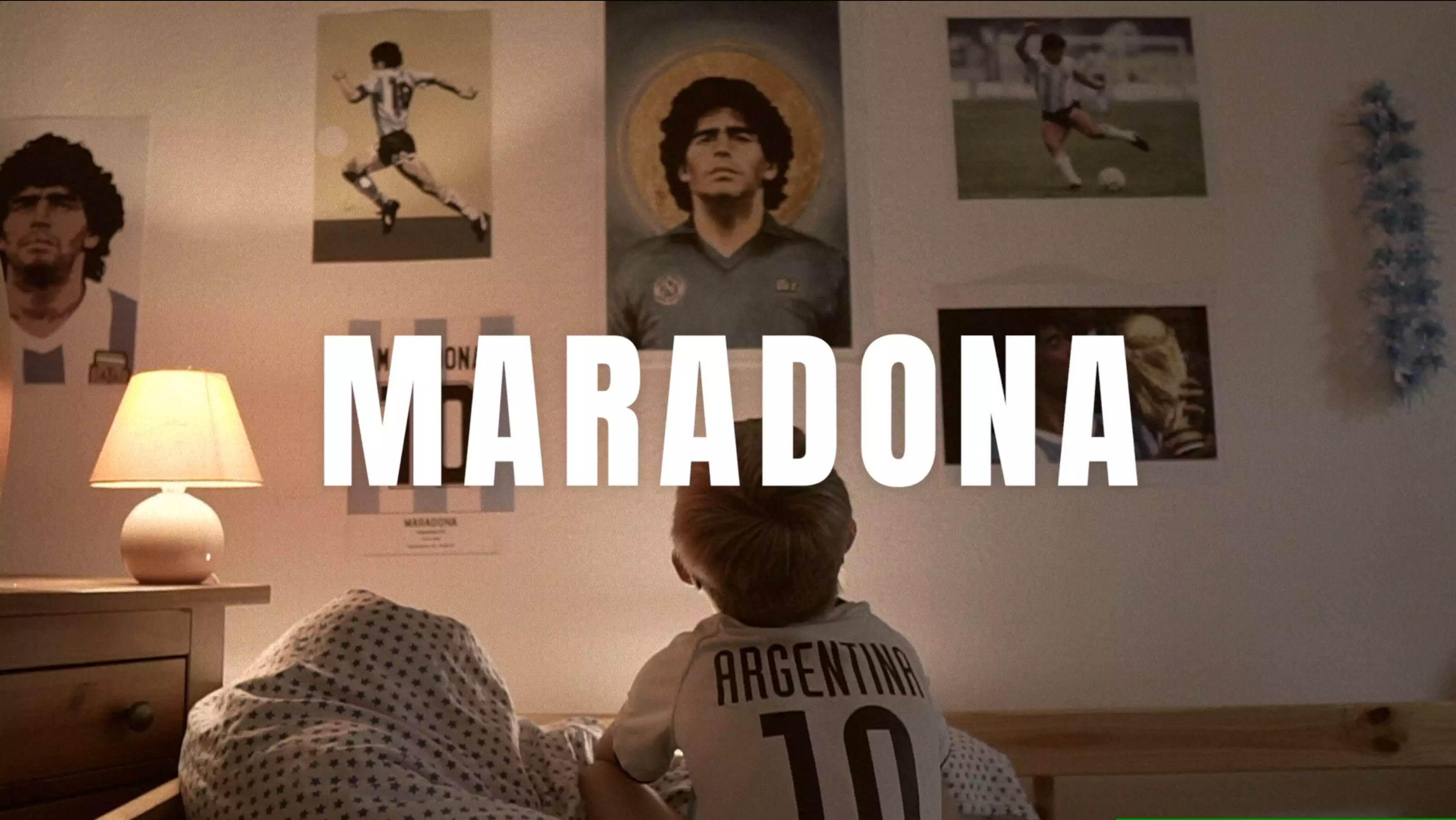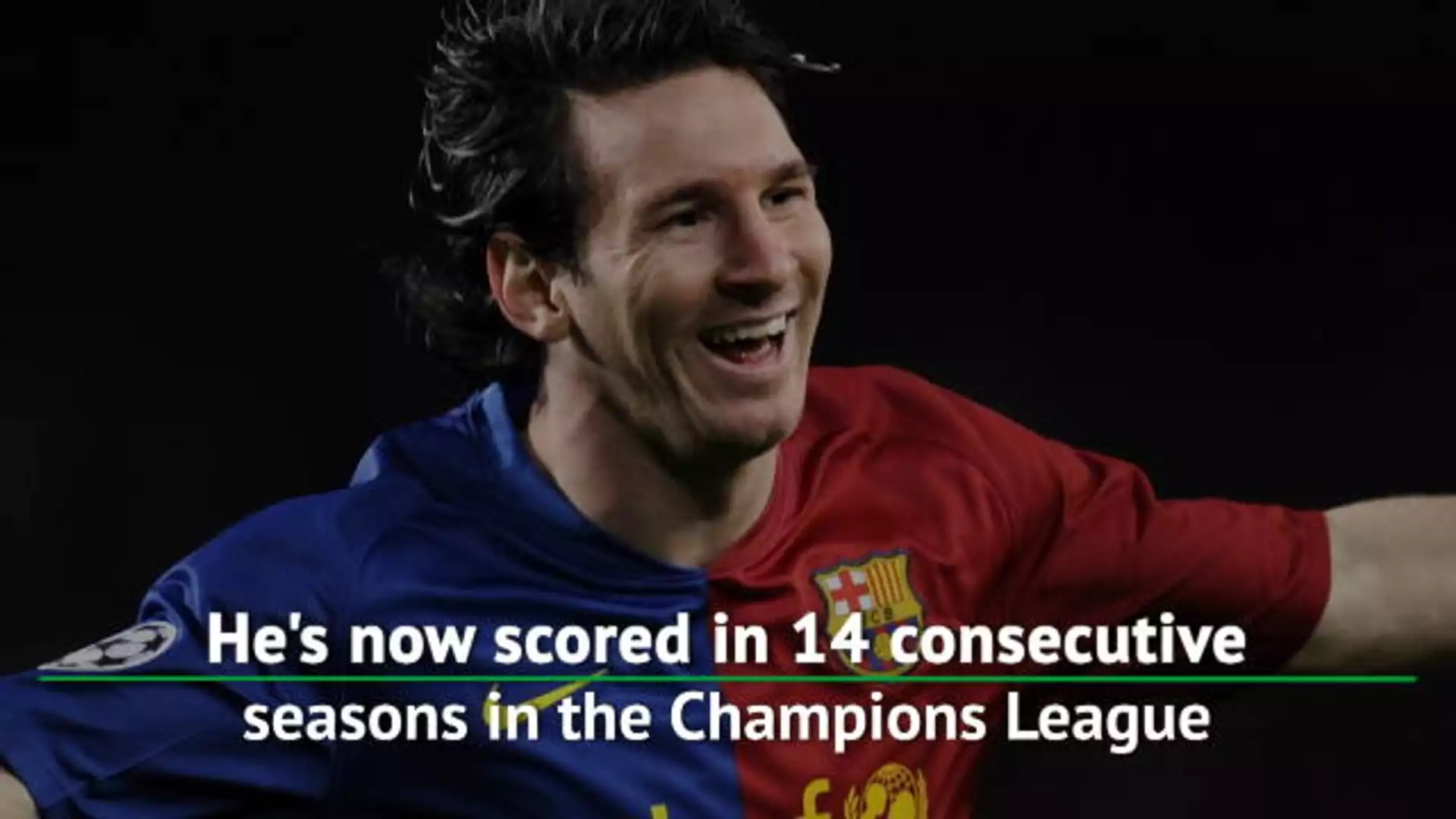Cristiano Ronaldo's record-breaking transfer to Real Madrid
Cristiano Ronaldo's transfer to Real Madrid in 2009 remains one of the most significant and expensive transfers in football history. The Portuguese superstar left Manchester United for a staggering fee of £80 million ($94 million), making him the most expensive player at the time. Ronaldo's move to the Spanish capital was met with great anticipation, as Real Madrid sought to reclaim their dominance both domestically and in Europe.
During his nine-year tenure at Real Madrid, Ronaldo shattered numerous records and achieved unparalleled success. He helped the team secure four Champions League titles and became the club's all-time leading scorer. Ronaldo's transfer not only boosted Real Madrid's on-field performance but also had a massive impact on their brand image and commercial value. The Portuguese forward's marketability and global fan base brought in significant revenue through merchandise sales, sponsorships, and increased ticket sales.
Despite leaving Real Madrid for Juventus in 2018, Ronaldo's transfer to the Spanish giants will forever be remembered as a game-changer, both in terms of the financial investment made and the success achieved during his time at the club.
Lionel Messi's transfer saga at Barcelona
Lionel Messi, widely regarded as one of the greatest footballers of all time, has had an illustrious career at Barcelona. However, his future at the club has been the subject of intense speculation in recent years. In 2020, Messi shocked the football world by expressing his desire to leave Barcelona after spending his entire professional career at the club.
The Argentine superstar's potential departure sent shockwaves throughout LaLiga and the footballing community. Messi's release clause, set at an astronomical €700 million ($825 million), made it nearly impossible for any club to afford his services. However, a legal dispute ensued, with Messi ultimately deciding to stay at Barcelona for the 2020-2021 season.
Messi's uncertain future highlighted the financial complexities of transfers involving top players. The colossal transfer fee associated with Messi's release clause not only reflected his exceptional talent but also the immense value he brings to Barcelona as a club. His presence on the pitch, combined with his commercial appeal and global fan base, has made Messi an invaluable asset to the Catalan giants.
Neymar's move from Barcelona to Paris Saint-Germain
Neymar's transfer from Barcelona to Paris Saint-Germain (PSG) in 2017 sent shockwaves through the footballing world. The Brazilian forward became the most expensive player in history, with PSG paying a staggering €222 million ($262 million) to secure his services. The move was seen as a statement of intent from the French club, as they aimed to establish themselves as a European powerhouse.
Neymar's transfer not only broke the previous transfer record but also sparked a series of domino effects in the transfer market. The astronomical fee paid by PSG set a new benchmark for player valuations, with clubs around the world recalibrating their expectations. This transfer also raised questions about the financial fair play regulations in football, as PSG had to navigate potential sanctions due to the massive investment.
While Neymar's move to PSG has been met with mixed reviews, there is no denying the impact it had on the footballing landscape. The transfer highlighted the increasing financial power of clubs, as well as the desire of players to seek new challenges and lucrative contracts outside of the traditional football powerhouses.
Antoine Griezmann's transfer to Barcelona
Antoine Griezmann's transfer to Barcelona in 2019 was one of the most high-profile transfers of recent years. The French forward joined Barcelona from Atletico Madrid for a fee of €120 million ($142 million), making him the third most expensive player in history at the time.
Griezmann's move to Barcelona was met with great expectations, as the club aimed to strengthen their attacking options alongside Lionel Messi and Luis Suarez. However, the transfer did not go as planned, and Griezmann struggled to find his best form in his first season at the club. Despite the initial challenges, Griezmann has shown glimpses of his brilliance and continues to be an important player for Barcelona.
The transfer fee paid for Griezmann highlighted the financial commitment required to secure top talent in the current football landscape. It also emphasized the pressure and scrutiny that comes with such hefty price tags. Griezmann's journey at Barcelona serves as a reminder that the success of a transfer is not solely determined by the transfer fee, but also by various other factors such as team dynamics, playing style, and individual form.
Eden Hazard's move to Real Madrid
Eden Hazard's move to Real Madrid in 2019 was highly anticipated, as the Belgian winger joined the Spanish giants from Chelsea for a fee of €100 million ($118 million). Hazard's transfer marked a significant investment for Real Madrid, as they sought to fill the void left by Cristiano Ronaldo's departure.
Unfortunately, Hazard's time at Real Madrid has been marred by injuries, limiting his impact on the pitch. The transfer fee paid for Hazard was a reflection of his exceptional talent and potential to become a key player for Real Madrid. However, the subsequent injuries have hindered his ability to showcase his true potential and have raised questions about the value for money in the transfer.
Hazard's transfer serves as a reminder of the risks involved in big-money transfers. While clubs strive to secure top talent, injuries and other unforeseen circumstances can impact a player's performance and the overall success of the transfer. Despite the challenges, Real Madrid remains hopeful that Hazard will regain his form and contribute significantly to the team's success in the future.
Joao Felix's transfer to Atletico Madrid
Joao Felix's transfer to Atletico Madrid in 2019 made headlines, as the Portuguese wonderkid joined the Spanish club for a fee of €126 million ($149 million). The transfer fee made Felix the fourth most expensive player in history at the time, highlighting the high expectations placed upon him.
Felix's arrival at Atletico Madrid was seen as a significant coup, as the club sought to strengthen their attacking options. However, the young forward faced challenges in adapting to a new league and a more physically demanding playing style. Despite the initial struggles, Felix has shown glimpses of his immense talent and continues to be a key player for Atletico Madrid.
The transfer fee paid for Felix showcased the belief in his potential and the desire to secure top young talents. It also highlighted the competitive nature of the transfer market, with clubs willing to invest heavily in promising young players. Felix's journey at Atletico Madrid serves as a reminder that patience and support are crucial in allowing young talents to fulfill their potential.
Gareth Bale's record-breaking transfer to Real Madrid
Gareth Bale's transfer from Tottenham Hotspur to Real Madrid in 2013 made headlines, as the Welsh winger became the most expensive player in history at the time. Real Madrid paid a staggering fee of £85 million ($100 million) to secure Bale's services, surpassing the record set by Cristiano Ronaldo four years earlier.
Bale's move to Real Madrid was met with great expectations, as he joined a star-studded lineup that included Ronaldo and other world-class players. The Welshman had an immediate impact, scoring crucial goals and helping Real Madrid win multiple Champions League titles. However, injuries and a strained relationship with the fans and management have hindered his progress in recent years.
Despite the challenges, Bale's transfer remains a significant milestone in LaLiga's history. It showcased the financial power of Real Madrid and their willingness to make substantial investments to secure top talent. The transfer also highlighted the pressures that come with such massive price tags and the expectations placed upon players.
Transfer fees and their impact on LaLiga clubs' finances
The astronomical transfer fees associated with LaLiga's top players have a profound impact on the finances of the clubs involved. While these fees may seem exorbitant, they represent a significant investment in securing top talent and maintaining competitiveness in both domestic and international competitions.
Transfer fees are not just a one-time expense; they also have long-term financial implications. Clubs must consider the player's salary, agent fees, signing bonuses, and potential add-ons based on performance. These costs, combined with the transfer fee, can put a strain on a club's financial resources and require careful financial planning.
However, the significant investment in top players can also yield substantial returns for the clubs. Increased ticket sales, merchandise revenue, and sponsorship deals are just a few examples of how a marquee signing can boost a club's commercial value. The presence of star players also attracts media attention and helps create a global fan base, expanding the club's reach and revenue streams.
It is essential for clubs to strike a balance between making ambitious signings and maintaining financial stability. Financial fair play regulations have been implemented to ensure clubs operate within their means and prevent excessive spending. However, the ever-increasing transfer fees and the competitive nature of the market present ongoing challenges for clubs and governing bodies alike.









